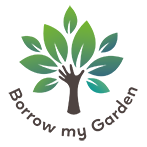Borrow a picturesque garden, a field in the countryside or woodland wonderland...
How to write an outside event blog
August 5, 2021Thank you
First of all, here, as promised, is my ‘How to write a blog for your outside event’ blog to help you write your blog for us here at Borrow my Garden.
Secondly, thank you so much for agreeing to write a blog for our website. We all know great content is vital for SEO and keywords which leads to a splendid Google ranking. Great content attracts people to the blog when they’re searching for answers to their questions.

What’s in it for me?
So we know that getting written content for our website is fab for us, but, ‘what’s in it for me?’ we hear you cry!
By writing a blog for Borrow my Garden, you’ll get a shiny internal link to your landowner or supplier page on www.borrowmygarden.co.uk, where you can also optimise your content using the guidance in this blog to attract people to book your goods or services.

Stand out as an expert
You’ll be able to demonstrate your amazing expertise in your area of specialism and stand out as an expert in your field (well, we are all about outside spaces, after all).
We’ll also be able to point people searching for your services to your blog so we can demonstrate that we have experts, such as your good self, on our books.
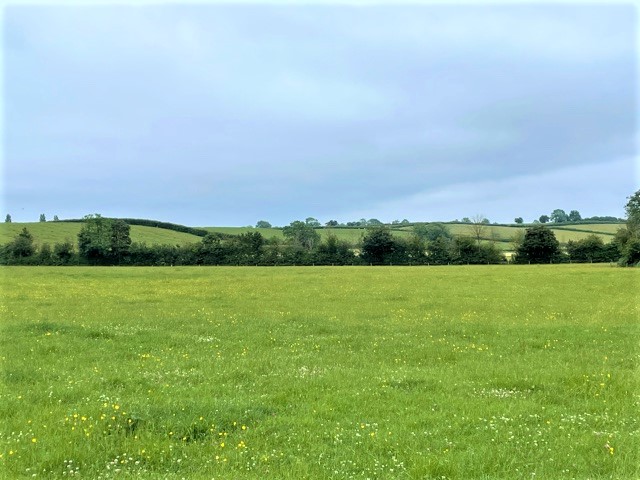
Learn something new
We hope you’ll also find the blog useful and learn something new from the following guidance on writing for great SEO and readability. Comments and feedback; gratefully received.
Key points for SEO and readability
When writing a blog, there are some important points to note, which are key for SEO and readability.
Word count
Some experts tell us that a minimum of 300 words is a must. It’s better to have over 1,000 words. But, if you follow the link at the beginning of this text you’ll see they actually found that ranking for blogs of 2,500 words performed even better.
We’d love it if the word count for your blog could be 1,700 (to give you an idea, this blog is just over 1,700 words), but we won’t mind at all if you LOVE writing and get carried away all the way over 2,500 words. Do try to remember to keep it as compelling and useful as possible though.

Quality over quantity
While the number of words is important when writing a blog, Google will always choose quality over quantity. One of Google’s 10 things it knows to be true philosophy is to focus on the user, and all else will follow. So, importantly, the content should be interesting and compelling for the user rather than long and wordy to achieve a higher word count.
Ensuring quality, informative written content will then keep the user on the website for longer, which is another great result to improve retention rates and improve Google rankings.
Headings and subheadings

You may have noticed this blog has plenty of headings and subheadings. There’s no mystery around this deliberate structure. This is another key feature of blogs that helps the reader and please Google at the same time.
You may also have noticed that after each heading, the first sentence contains the heading too. This is another good practice to get into to improve the SEO score of your blog.
Keywords
You and I have likely discussed the most appropriate keywords for your blog. Your keywords will appear in the title and naturally throughout the text and in subheadings. This lets Google, and your reader, of course, know what the subject matter of the piece is. Keywords should appear frequently. However, don’t stuff keywords as going too far is a big no, no. Articles with keywords stuffing get penalised. All this might get you wondering exactly how many times the keyword or keywords should appear in your blog. It’s not an exact science but some say no more than 5 times.
Internal and external links
Internal links are links that keep the reader within the same website and external links are links that take the reader to another website completely.
And, as I mentioned above, one of the perks of writing a blog is getting an internal link to your landowner or supplier page on the Borrow my Garden website. Google loves this too, as links help the reader find out more by following relevant links. This is great for websites too, as, you guessed it, more clicks means the Google algorithm is positively influenced and shows the page to more people.
External links are also great. Pick an external link that backs up what you’re saying and is trustworthy. We often reach for Wikipedia. We try to remember to set the link to ‘open in a new tab’ so we don’t lose the viewer from your website. I suppose you will have already realised that using internal and external links also go towards the overall improvement of your content’s SEO?!
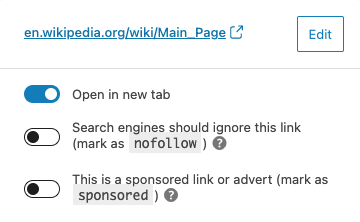
Paragraphs and sentences
You can’t really talk about how to write a blog (<— see what I did there?!) without having a bit about paragraphs and sentences (<— and again!). This is the second time I’ve used my chosen keywords; how to write a blog.
I’m happy to tell you that this far into this blog, I have now managed to achieve green smiley faces in the Yoast SEO calculator on this WordPress website. Although I know I haven’t finished, there are more interesting snippets to impart before I sign off.
My point about paragraphs and sentences, before I forget, is to keep them short. Use easily understandable language and speak directly to your reader.

Passive voice
Try not to overuse the passive voice when writing a blog or any content for websites, in fact. You’re encouraged to use the active voice.
If you are anything like me when I started this SEO optimisation lark, at this point, you’re saying to yourself “passive what now?!” If you’re not, wow! Nice one! I applaud you. I’ll try to clarify with examples.
A sentence in a passive voice would say: “The tree was pulled down”, whereas using the active voice would sound like “Someone pulled the tree down”. This is the perfect opportunity for me to use an external link or two to elucidate. I found differentiating these quite challenging, to begin with. I’m pleased to say I think I’ve got the hang of it now!
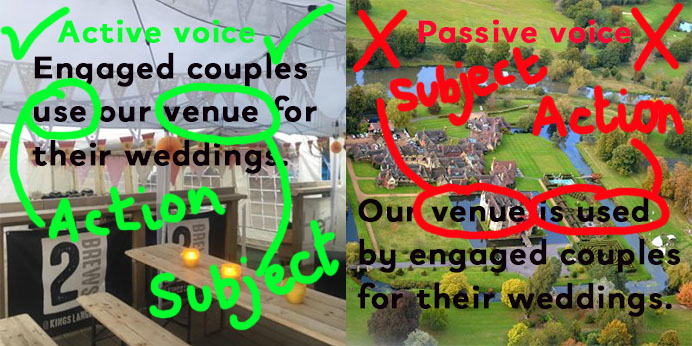
Catchy title
Give your blog a catchy title. Imagine the kind of thing that catches your eye and makes you want to click through and read more about a subject. Something tantalising. I know, I know, “How to write a blog” isn’t exactly mind-blowing, is it!? But remember to include whatever you’re tempting people with in your blog or they’ll just bounce out again. There are a lot of articles to read about on the web if you search for catchy blog titles. You might see something along the lines of, Ten reasons you won’t be able to resist the XXXX service I offer. Or Five reasons why you’ll want to visit our outside space. I’m sure you get my drift.
Avoid repetition
Repetition isn’t adored by Google either. Your SEO score will shrink if you start too many sentences with the same words. Sometimes this isn’t easy when you’re writing a list, but try to think of a way around it. Perhaps using bullet points.
Things to remember about writing blogs include:
- Word count
- Quality over quantity
- Headings and subtitles
- Keywords
- Internal and external links
- Paragraphs and sentences
- Passive voice
- Catchy title
- Avoid repetition
- Meta description
- Photos and graphics
- Blog structure
Meta Description
I’ll be setting up your meta description in the SEO section of the blog post on the website. The meta description is the bit that appears under the page title. Can you see the screenshot from a search for Borrow my Garden below? I’ll include your catchy blog title. You can provide me with yours if you prefer. A meta description can be any length but Google only shows around 155 to 160 characters, including spaces. I’m looking forward to seeing your title and your meta description should you choose to provide one. The meta description is used to show people searching for the kind of content you’re providing. A taster of what they can expect to find when they click-through. This is a good reason to make it eye-catching and relevant.
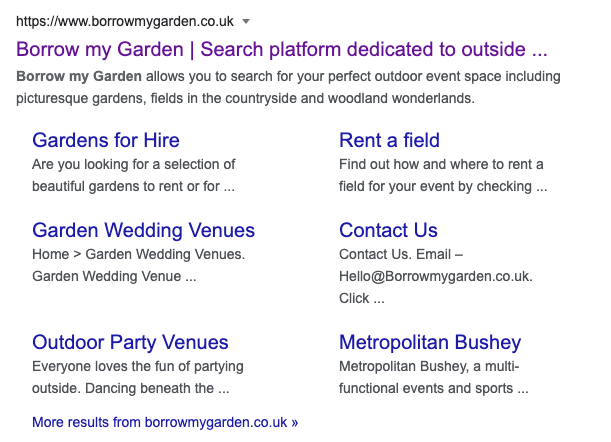
Photos and graphics
Photos and graphics break up long blogs, add relevance and enhance the piece. If you have relevant photos, that’s brilliant! If not, don’t worry. I’m a photographer, and I’d love to help out by using existing photos to compliment the piece or by taking some new ones. You can also be inventive by using screenshots of what you’re trying to illustrate or create graphics as you can see I have.
Do be careful not to use images that have copyright on them. It may not seem obvious so the best thing to do is to only use images you’ve taken yourself or photos from a free photography source such as Unsplash. You’ll see hundreds and hundreds of photos there that you can search through. You’ll be asked to credit the photographer or to thank them on social media to recognise them for their work.
Blog structure
Introduction
You might find it easier to leave the introduction until last, as who knows where your creative mind might take you on your blog writing journey. Once you’ve written the main body of the text, your intro can briefly describe the things the reader can expect to learn when they read the text.
Conclusion
And, of course, a conclusion. It doesn’t have to be long but should wrap up the main concept of the piece of writing. Also, do think about what you’d like people to do once they’ve read your blog. This is a call to action, AKA CTA. For example Contact Jo at Borrow my Garden for details on writing a blog for this website.
Another thought about writing
And penultimately, another thought about writing. If you aren’t feeling inspired to write, try going somewhere different to see if it stirs up the creative juices. A change of location might produce some aha moments.
Last but not least in How to write a blog
Once you’ve finished writing, ask someone to read your blog. Ask them if they understand the main concept of the piece and get them to point out any smelling mistakes ;). Many thanks to Jon at Legion Consulting for checking this blog out for me and for your invaluable input.
If you have any questions or suggestions for this blog or you would like the opportunity to write for Borrow my Garden, as I said before, please feel free to contact me, Jo at Borrow my Garden.co.uk

Most of all, Have Fun!
